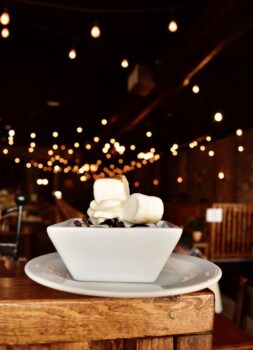Picnic recipes

Park It Outside A delicious picnic menu that’s sure to please By Jennie Drent & Shima Zonneveld Picnics are fun, but it does take a lot of planning: finding a …Read More
Models\Post Object
(
[_post] => WP_Post Object
(
[ID] => 9032
[post_author] => 3
[post_date] => 2018-05-28 03:31:18
[post_date_gmt] => 2018-05-28 03:31:18
[post_content] =>




Park It Outside
A delicious picnic menu that’s sure to please
By Jennie Drent & Shima Zonneveld
Picnics are fun, but it does take a lot of planning: finding a free day, finding the perfect picnic spot, prepping all the food and drink, and hoping for good weather. We offer you a helping hand with at least the food by giving you some recipes that are quick and easy to make. This means you’ll have more time to enjoy the leisurely day with family and friends.Picnic Spritzer
This recipe can be a kid-friendly picnic drink, or an adult tipple with a few amendments. Either way, it’s a refreshing way to keep cool at your picnic.- 1/2 cup lemon-flavoured Italian soda, or any flavour you prefer
- 1/4 cup peach nectar
- 1 tsp grenadine
- Fresh berries for garnish

Mild Curry Dip
This recipe will be a veggie-tray staple for future barbeques and patio or picnic parties. If you want a bit more heat in this dip, add a little horseradish.- 1/2 cup Miracle Whip (or 1/4 cup each mayonnaise and sour cream)
- 1/4 tsp salt
- 1/4 tsp freshly ground pepper
- 1/4 tsp mild curry powder (more to taste)

Marinated Flank Steak
Flank steak is a flavourful cut of meat, and this citrus-based marinade brings out its best qualities.- 2 green onions, thinly sliced
- 1/2 cup lime juice
- 2 tbsp lemon juice
- 2 tbsp soy sauce
- 2 tbsp grated ginger
- 1 tsp ground coriander
- 1/8 tsp red pepper flakes (to taste)
- 1.5 lb flank steak

Cold Noodle Salad
This salad will look impressive, but it’s easier-than-pie to make.For the Thai Dressing:
- 1/4 cup unsalted dry-roasted peanuts
- 3 tbsp minced ginger
- 1/4 cup tepid water
- 2 tbsp soy sauce
- 1 tbsp sugar
- 1 tbsp vegetable oil
- 2 tsp toasted sesame oil
For the Salad:
- 1 1/2 cups of brown rice ramen noodles, cooked and rinsed with cold water
- 1/2 cup thinly sliced cucumber
- 1 cup grated carrots
- 1 bell pepper, thinly sliced (orange, red or yellow)
- 1 1/2 cups baby spinach
- 1/2 cup chopped sugar snap peas
- 1/4 cup chopped cilantro (optional)

Espresso Blondies
Blondies are a fun twist on the traditional brownie recipe, but make a double batch because they won’t last the trip to the picnic site.- 1 1/2 cups all-purpose flour
- 1 1/2 tsp baking powder
- 3/4 tsp salt
- 1/2 cup of cold butter
- 3/4 cup brown sugar, firmly packed
- 3/4 cup granulated sugar
- 3 tbsp brewed espresso or strong coffee
- 1 large egg
- 2 tbsp vanilla extract
- 3/4 cup toasted slivered almonds
- 3/4 cup semi-sweet chocolate chips










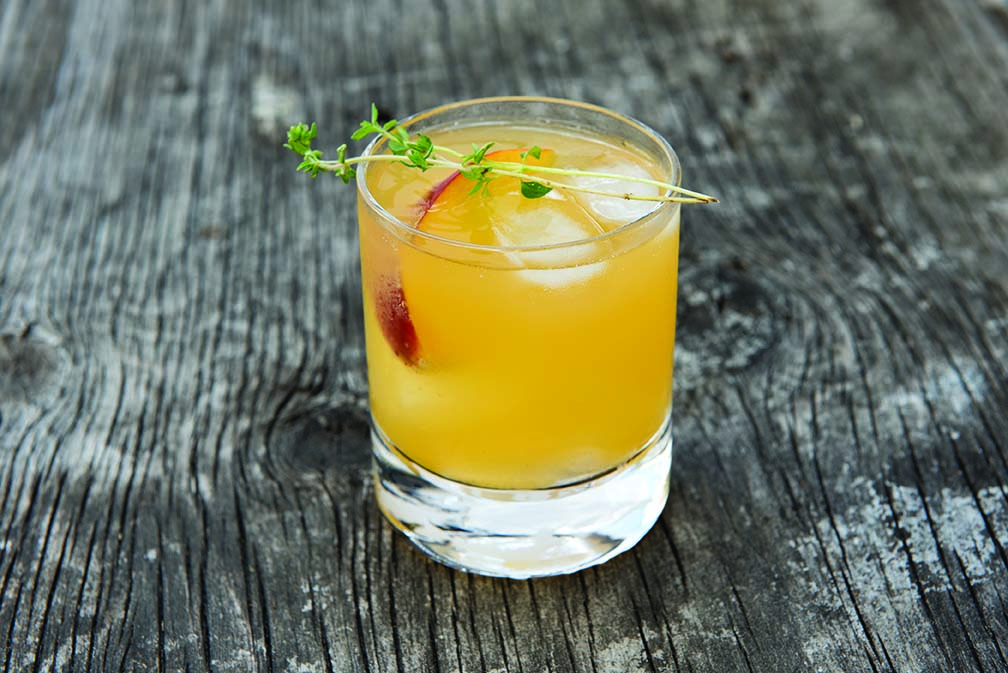
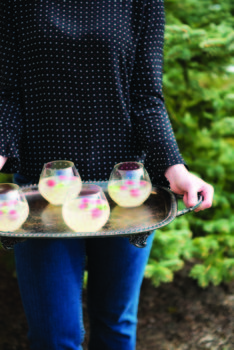
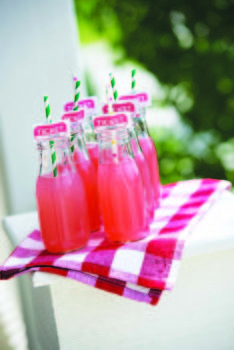
 Rhubarb Sour[/caption]
Rhubarb Sour[/caption]

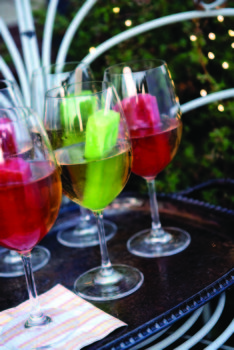 ___
___

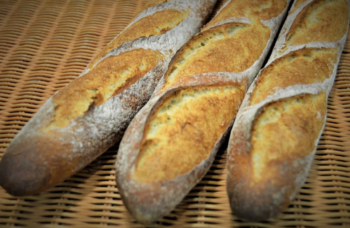

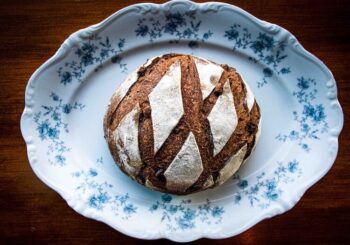




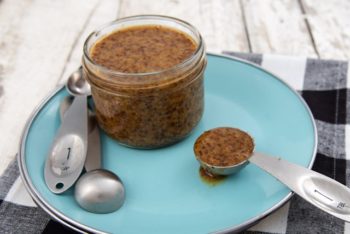





 Scoop, There It Is
Hello, ice cream season!
Summer and ice cream are perfect companions. But ice cream has two Italian cousins you should plan to spend some time with, too. There's no need to buy a plane ticket though, because the Greater Edmonton area offers no shortage of Italian gelati, sorbetti and, of course, traditional ice cream. Here are 10 places to help you keep cool this summer—scoop by delicious scoop.
-
Scoop, There It Is
Hello, ice cream season!
Summer and ice cream are perfect companions. But ice cream has two Italian cousins you should plan to spend some time with, too. There's no need to buy a plane ticket though, because the Greater Edmonton area offers no shortage of Italian gelati, sorbetti and, of course, traditional ice cream. Here are 10 places to help you keep cool this summer—scoop by delicious scoop.
-
